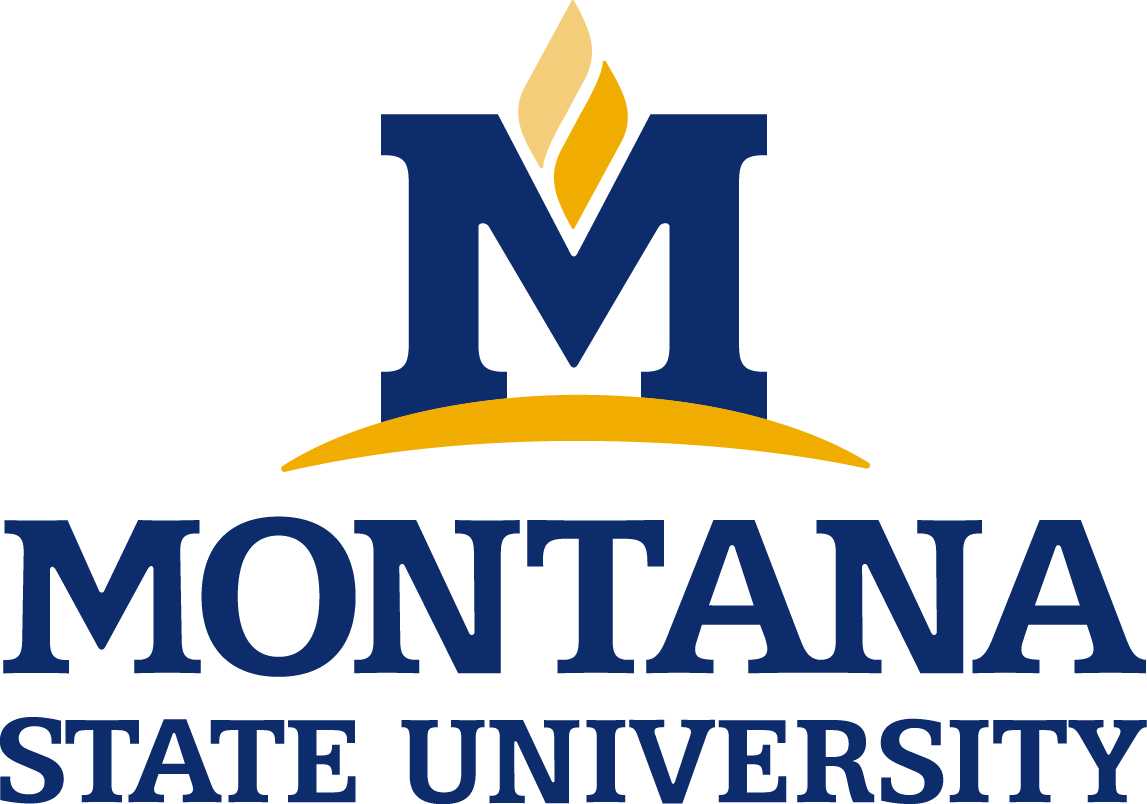Welcome to the Q2 2023 Integrated Design Lab Newsletter.
Each quarter, we’ll deliver updates and highlights of the transformative work accomplished by our Integrated Design Lab network partners.




Each quarter, we’ll deliver updates and highlights of the transformative work accomplished by our Integrated Design Lab network partners.

University of Idaho IDL
Energy Code Update
- This year, Idaho’s energy code looks to remain essentially unchanged, even though major changes were proposed in 2022, which effectively neutralized 80% of the 2018 International Energy Conservation Code (IECC). The Division of Building Safety is maintaining most of the 2018 provisions with only slight amendments to attic insulation and blower-door testing requirements. The University of Idaho-Integrated Design Lab (UI-IDL) is analyzing the proposed revisions and will present to the board its findings on the financial impact to Idaho residents.
- The UI-IDL hosted four energy code training sessions for professional architects and engineers on how to abide by the 2018 IECC. Courses cover specific sections such as attic insulation, crawlspace design, and accommodating wood stoves.

Montana State University IDL
- The Montana State University Integrated Design Lab (MSU IDL) staff remained on sabbatical through Q2.
University of Oregon IHBE/Baker Lab

- The University of Oregon IHBE associate director, Siobhan Rockcastle, gave two technical presentations to share findings from their NEEA-backed research study on the non-visual health potential of luminaire level lighting that used energy-optimal control strategies. The first presentation to the Human Factors Symposium was sponsored by the Pacific Northwest National Lab in Richland, Washington. The second presentation to the Future of the Building Industry Workshop was sponsored by the Durham School of Architectural Engineering and Construction in Omaha. Audiences comprised academics, governmental agencies, and industry representatives. As a result of this outreach, an additional webinar to the U.S. Army to share these findings has been scheduled. The Biology and the Built Environment (BioBE) Center contributed to the Transpecies Design Exhibition, curated by College of Design Dean Adrian Parr at the 2023 European Cultural Center’s Venice Biennale of Architecture. The exhibit runs until Nov. 26, 2023, in Venice, Italy. The UofO’s exhibition is in Palazzo Bembo, adjacent to the Rialto Bridge on the Grand Canal. Read more about the exhibit here. The exhibition opening received international acclaim, including a Dezeen article, which highlights the Transpecies Design Exhibition’s contribution to the Biennale in, “Time Space Existence show in Venice spotlights solutions for a planet under pressure.”
- The IHBE is leading "Integrating Urban Agriculture and Architectural Design through Research, Education, and Extension," which was recently awarded a grant for almost $1 million from USDA National Institute of Food and Agriculture. The grant provides funding for IHBE to research and develop innovative building-integrated agriculture concepts. The project is led by IHBE research assistant professor Gwynne Mhuireach and horticulture collaborators Gale Langellotto (OSU), Brad Gaolach (WSU), and industry partners PAE Sustainable Engineering, SRG Engineering, Perkins+Will, ZGF Architects and FFA Architecture and Interiors Inc. The project will officially launch at the end of July and includes current state assessment, a visioning summit, education programs (including design studios), and research and demonstration projects. Read more about the project here.
- The IHBE will support the TallWood Design Institute on a $1 million National Science Foundation Engines award led by Judith Sheine in collaboration with IHBE director, Mark Fretz. Additional collaborators at the UofO, OSU and UW will work with IHBE to help spur economic growth using mass timber as an innovation engine. Learn more here.
- The UofO Baker Lighting Lab had two papers on achieving circadian health potential using energy-optimal approaches accepted to the Building Sim 2023 Conference. These papers will be presented in September:
“Disparities in circadian potential: the impact of building form and interior wall composition on dynamic light exposure,” by Siobhan Rockcastle, Maryam Esmailian, Hadley Carlberg, and Maria Amundadottir
“The Impact of Operated Window Shading on Visual Comfort, Non-Visual Health, and Energy Demand from Electric Lighting,” by Siobhan Rockcastle, Alen Mahic, and Sarah Safranek

University of Washington IDL
- LLLC Market Adoption Scanning and Case Studies: The University of Washington Integrated Design Lab (UW IDL) provides ongoing market scanning and outreach to identify and document groundbreaking implementation of Luminaire Level Lighting Controls (LLLCs). The IDL’s ongoing engagement with building owners and designers seeks to provide learning and synthesis of best practices for individually controlled light fixtures as they are adopted in the market in three key areas: design, construction, and operations. These learnings support NEEA’s development of case studies and market awareness building to increase LLLC adoption in the Northwest. Current activities include awareness building presentations, case study content development for University of Washington Founder’s Hall, and planned interviews with LLLC set-up/commissioning experts in Q3.
- Energy Efficiency Technology and Practices Awareness Building: UW IDL directors Chris Meek and Heather Burpee have provided six technical presentations to architecture and engineering firms, and to the Seattle Department of Construction and Inspections that included sections on LLLCs, very high efficiency dedicated outside air systems, and secondary glazing systems. These presentations highlighted aspects and applications of these technologies, and directed attendees to BetterBricks for more information.
Teresa Moroseos is developing and delivering no-cost simulation workshops and public “office hours” for architecture/engineer teams that support increasing building energy performance simulation for envelope, lighting, HVAC, and other efficiency strategies at the early design stage. Teresa Moroseos and Chris Meek are working with AIA Seattle to update and improve the Energy in Design Award calculator and technical support for 2023.
- Building Retrofit: The UW IDL is partnering with the Seattle Housing Authority (SHA) and the Miller Hull Partnership to support SHA’s application for a US Department of Energy Buildings Up Prize. The tool leverages parametric energy modeling that allows the low-income and affordable housing provider to assess energy savings and cost impacts of various retrofit strategies aimed at identifying least-cost pathways to meet the WA State Clean Buildings Act, and to improve indoor environmental quality for the vulnerable population served by SHA.
- New Construction: The UW IDL partners with design teams to help energy efficient buildings by providing technical guidance for goal setting and strategy selection. The UW IDL partnered with Integrus Architecture on two new K-12 school projects: Leota Middle School (Woodinville, WA/Puget Sound Energy) and Oak Heights Elementary (Lynnwood, WA/Puget Sound Energy). These schools seek to combine exemplary façade performance, advanced lighting controls, and high efficiency heat recovery/heat pumps to deliver exceptional energy performance. Teresa Moroseos is leading the development of case studies on ultra-efficient buildings and how their design teams use “peak loads” analysis as part of an integrated design process that achieves extraordinary levels of energy efficiency, while meeting budgetary constraints.
Heather Burpee, in collaboration with Solarc Energy Group, has provided energy modeling support to University of Washington’s Behavioral Health Teaching Hospital to help inform design decision-making and to support energy code compliance, development of LEED points, and other energy-related goals.
- Future Forward: UW IDL, in collaboration with UW Architecture Professor Tomás Méndez Echenagucia, developed a web-based tool that allows users to assess the embodied and operational carbon tradeoffs of various building envelope conditions, such as: cladding material, amount and type of insulation, extent of glazing, type of glazing, etc. In Q2, Chris Meek and Teresa Moroseos developed energy simulation training for graduate students using this tool to improve energy efficiency in their building designs as part of evaluating how the tradeoffs change based on the climate, the carbon intensity of the project’s location, rate of electrical grid decarbonization, and material choices. It seeks to provide designers, owners, and policy makers with a lifecycle carbon view of building investment, regulatory decisions, and energy code requirements.

Washington State University ID+CL
- Energy and Comfort at Washington State University making plans for FY2024 implementation. The Energy and Comfort at WSU team is wrapping up the FY2023 implementation phase by installing the last of 200 smart strips for this academic year, totaling 300 during the last two years. The smart strips program at WSU has demonstrated an estimated 40% of plug load consumption reductions overall and is part of a larger goal to save $1 million in energy costs annually. This last year of implementation is run by the lab’s graduate program coordinator, Zach Colligan, who guides the team of undergraduate students in engaging with occupants of our targeted buildings, develops and delivers newsletters, email communications, posters, and prepares other engagement materials. The final presentation for the active phase of implementation is set for the end of June. The third implementation phase for FY2024 will begin in July.
- BOGO feasibility study. In the last NEEA quarterly lab network newsletter, the Washington State University Integrated Design + Construction Lab (WSU ID+CL) shared details about our project with Northeastern University and the Northwest Energy Efficiency Council to develop and test an educational curriculum that merges building occupant considerations with grid-efficient building training for future building operators. Titled Building Operators: Grid and Occupants (BOGO) Training, this effort is funded by the U.S. Department of Energy’s Building Technologies Office. The feasibility study is underway to test student learning outcomes, curriculum activities, and additional content—including a 360-degree virtual building walkthrough that describes operator considerations of building interfaces such as an occupant centric controlled sensors, thermostats, or even manual shading controls to illustrate the importance of occupant interactions with the building. Next steps for this project include integrating student and industry advisory board feedback into the curriculum modules, finishing up development of additional content, and rolling out the next testing phase to 20 students at a vocational technical school in Boston.
- Dr. Day presents ID+CL research internationally. Presenting work from the WSU ID+CL’s senior living, tenant engagement, and building interface projects, Dr. Julia Day, director of the lab, recently traveled to Aachen, Germany to present at the Healthy Buildings Europe 2023 conference. The following proceedings are a result of Dr. Day’s participation in the Healthy Buildings Europe Event and should be available soon on the conference tool’s website. “Rethinking building interfaces for resilience, health, and well-being”, “Time marches on: Supporting holistic health in older adults through the built environment,” and “Heat of the moment: Reshaping energy efficiency decisions made by building occupants.” Dr. Day also is an active member and subtask leader of the International Energy Agency’s Annex 79 (https://annex79.iea-ebc.org/). She attended the final expert’s meeting in Aachen and has been invited to co-lead the next Annex as an operating agent for the U.S.
- Connect with us online! The WSU ID+CL is working through extensive social media and website rebranding to ensure collaborators can find us and learn more about what we do. Please follow us on Instagram, Facebook and give the new website a visit to check out what we have been up to lately!
